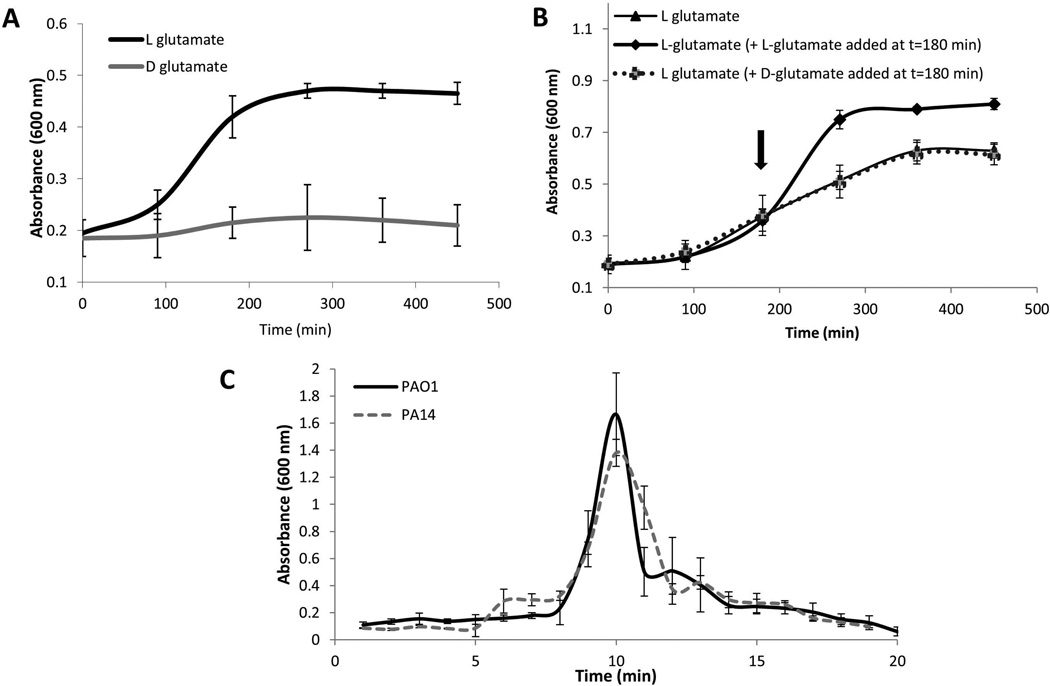Figure 1. Dispersion occurs in response to D-glutamate despite D-glutamate being a poor growth substrate for P. aeruginosa.
Growth of P. aeruginosa PAO1 in the presence of D-glutamate (130 mg/L) or L-glutamate (130 mg/L) as the sole carbon source (A) and (B) upon addition of extra D- or L-glutamate (130mg/L) at the 3 hr time point. P. aeruginosa was grown in minimal medium at 37°C with shaking at 220 rpm and absorbance was recorded at 600 nm every 90 min over a period of 8 hr. Experiments were repeated at least three times Error bars indicate standard deviation. (C) Dispersion by P. aeruginosa PA14 and PAO1 biofilms in response to L-glutamate, as indicated by measurements of effluent absorbance. P. aeruginosa strain PA14 harbors a mutation in ladS that renders the protein non-functional (Mikkelsen et al., 2011). Dispersion assays were carried out using biofilm tube reactors. Experiments were repeated at least three times Error bars indicate standard deviation.

